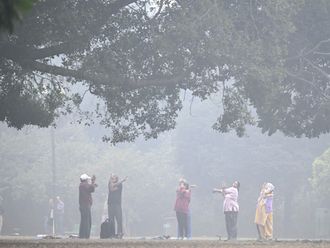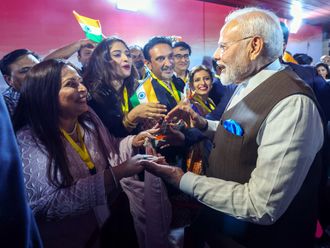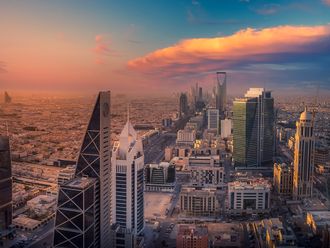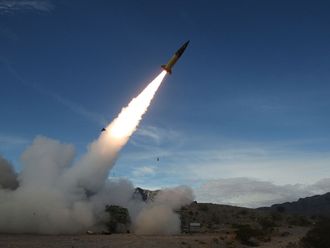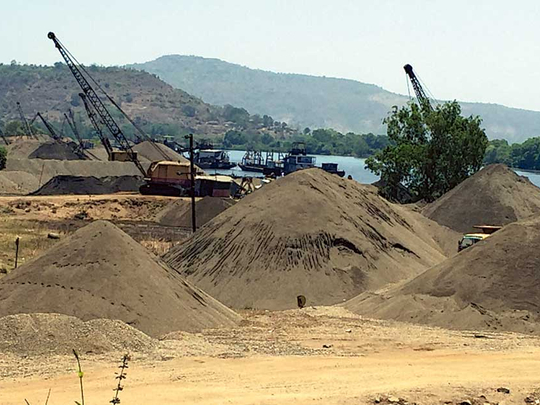
Mumbai: Rampant sand mining of river beds across Maharashtra, particularly near bridges, are posing a grave danger and could have contributed to the collapse of the bridge on Savitri River in Mahad, which claimed several lives on Tuesday night.
On Friday, nearly 20 bodies had been recovered — more than 40 people were travelling in buses and private vehicles — from those washed away in the Savitri River following the collapse of the bridge during torrential rains.
Sumaira Abdulali, environmentalists and convener of Awaaz Foundation, has written to Chief Minister Devendra Fadnavis to conduct a “full investigation into the possible role of sand mining, leading to [the] weakening of infrastructure such as bridges and endangering the lives of rail and road travellers.
“We request that such investigation takes note of the various previous occasions of bridge collapse and complaints filed by the Western Railways, Awaaz Foundation and locals at various locations.”
For years, she has been putting up a spirited fight against sand miners who have attacked her and other activists who have stood up against these illegal activities. Most of the time, the state government has turned a blind eye to this problem.
She pointed out to Fadnavis that in 2010 she was attacked by the sand ‘mafia’ at the Toll Bridge at Mahad in the same general area as the collapsed bridge and said, “ [I] am aware of the pressures which may have contributed to the collapse. Unbridled sand mining in the vicinity of bridges may be a major contributing cause and cannot be ruled out.”
The Savitri River at Mahad, she said, is one of the many overexploited areas to dredge massive quantities of sand used by the construction industry. Sand mining sites, even when not directly next to the collapsed bridge, may have changed the flow and increased the force of the river. “Such changes could have contributed in washing away the bridge, which has survived the force of nature for decades, since the British era, and was recently certified as safe.
She also told Fadnavis in her letter that in 2011, a bridge at Vaitarna Creek near Mumbai was damaged due to sand mining at its base. “The Western Railway wrote to the government about the dangers of allowing sand mining to continue. In spite of this, a huge amount of sand continued to be extracted from the area and I enclose photographs of illegal sand mining using suction pumps in 2012 and 2013.”
Ironically, a police post is located next to the railway bridge where sand is stored in heaps and the mining continues.
Media reports have often pointed to soil erosion near the Vaitarna bridge endangering the bridge, which is an important link in the Mumbai-Ahmedabad-New Delhi corridor and used by millions of rail commuters, including suburban, through the year. The railway line carries all northbound traffic out of Mumbai.
“In spite of repeatedly bringing illegal and sand mining to the attention of the state government, Bombay High Court orders and National Green Tribunal orders to control mining and numerous complaints of local villagers and myself, the Maharashtra State Government has seen fit to permit sand dredging using suction pumps at some locations through a change in policy.”


